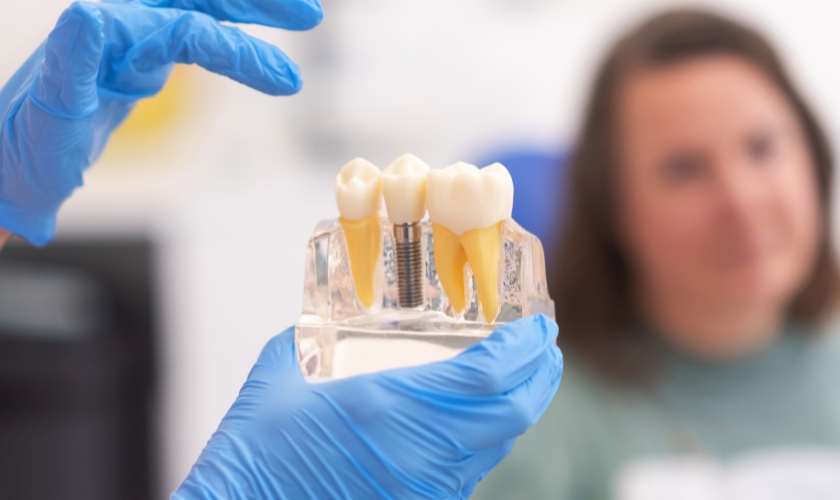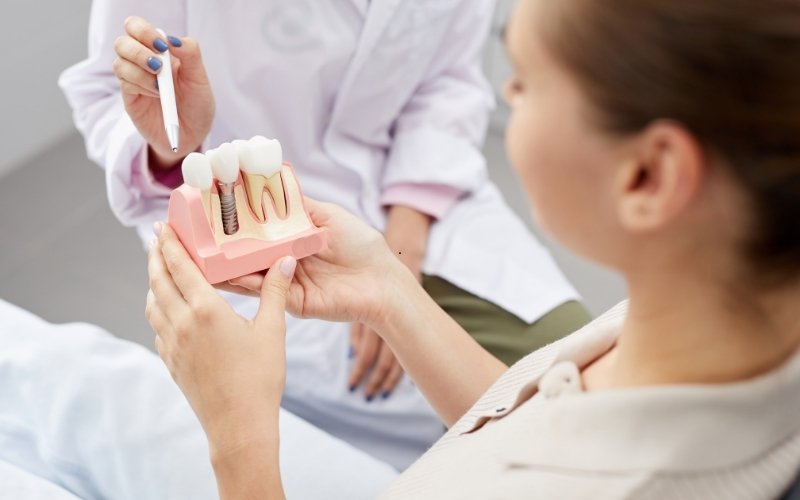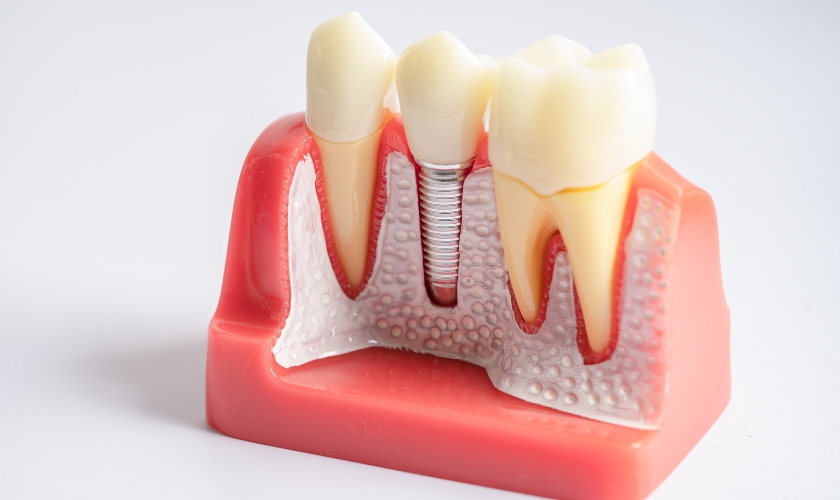
By West Albany Dental
Dental implant placement transforms oral health. However, discomfort often surprises patients during recovery. Healing journeys differ and create uncertainty about pain intensity and duration. Recovery expectations sometimes clash with reality and lead to unnecessary stress and worry. Pain management remains the most common concern discussed before and after surgery. Understanding discomfort patterns provides reassurance and realistic healing timelines.
This guide explains normal post-surgical pain, effective relief strategies, and warning signals. With proper posttreatment, implant placement pain is tolerable and temporary for most patients.
What’s Normal After Dental Implant Surgery?
After dental implant placement, mild bruising, swelling, and bleeding are normal. Pain usually peaks within a few days after surgery. Swelling and tenderness fade over a period of time as tissues heal. These difficulties usually take a predictable healing pattern. Anticipating normal discomfort prevents unnecessary anxiety.
Understanding warning signs averts severe complications. Severe pain, spreading infection, or an unusual amount of bleeding indicate problems to be managed immediately. Differentiating normal recovery pain from potential complications protects the patient.
Placement of dental implants in Albany requires attentive monitoring of patterns of discomfort throughout the recovery phase. Normal recovery follows a uniform pattern towards reduced pain.
Proper Post-Surgery Care
Rest following dental implant placement is crucial to healing success. Dentists provide instructions that guide recovery measures. Patients must take medications exactly as ordered. Ordered antibiotics prophylaxis against infection after surgery. Cold packs are excellent for reducing swelling and aching. Ice packs must be applied briefly on day one.
Severe activity should still be avoided for 48 hours after surgery. Resting the head above the body can reduce swelling. Strict adherence to early post-surgery orders maintains comfort. Routine adherence also maximizes successful dental implant placement recovery.
Pain Management in the First Week
During the initial week after dental implantation, pain reduces slowly in general. Powerful drugs transition towards over-the-counter levels as the patient feels more relaxed. Patients must consume soft foods like yogurt, oatmeal, and smoothies. Hot or hard food disturbs the site of surgery. Nutrient foods support tissue healing effectively.
Gentle oral hygiene protects the implants without disturbing the site. Patients must rinse using lukewarm solutions carefully. Side brushing at the above implant site should still be avoided initially.
Dietary changes and oral hygiene routines, after healing, are improved. Successful techniques facilitate recovery more easily after dental implant placement.
Home Remedies and Lifestyle Changes
Home remedies often support dental implant placement recovery. Ice packs work well to reduce swelling if used appropriately. Resting with the head elevated also reduces swelling. Fluids accelerate recovery, though straws should still be avoided.
Alcohol and smoking impair healing by far. Patients need to eliminate such habits after surgery. Hard foods are also stressful on the healing site. Warm saltwater rinses induce comfort and reduce bacteria in a few days.
Combined methods increase recovery and minimize discomfort. Lifestyle changes during healing increase implant placement.
When Pain May Signal a Problem
Pain after dental implant placement is, at times, an indicator of complications. Severe swelling, pus, or fever indicates the possibility of infection. Abrupt bleeding or pain might reflect implant complications.
Implant movement is also an issue. Patients must contact their dentist immediately if they experience these complications. Early evaluation prevents complications from taking root.
Ignoring suspicious symptoms compromises long-term implant success. Taking action promptly ensures maximum healing. Pain that rises instead of decreasing requires prompt care. Monitoring these signs ensures the prevention of successful dental implant placement complications.
Long-Term Comfort and Healing
Healing after inserting dental implants continues beyond the first week. Sensitivity may continue through osseointegration, bone-bonding. This enables the implants to remain stable in the jawbone. The pain level should reduce gradually as healing continues. Any increase in pain must be checked.
Periodic dental check-ups confirm improvement and stability. Dentists monitor implants to prevent complications and reassure patients. Patients need to follow long-term recommendations carefully. Professional follow-up commitment ensures the successful placement of the dental implants in Albany. Slow recovery afterward restores full comfort and function.
Dental implant placement offers life-changing results with minimal discomfort. Recovery pain decreases steadily with proper maintenance. Rest, medication, and oral hygiene ensure comfortable healing experiences.
Patients must be cautious for warning signs. Obtaining an initial appointment with a dentist prevents complications. Following post-surgery instructions ensures smooth healing. Regular appointments ensure implant success and long-term comfort.
Visit us today and have a confident recovery with professional care.








